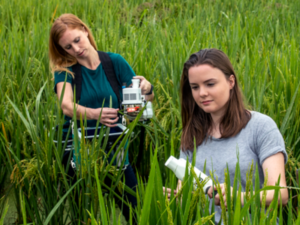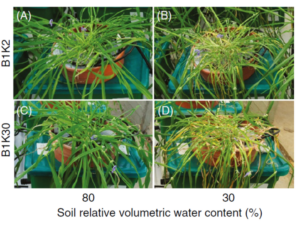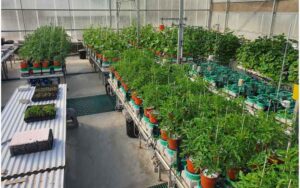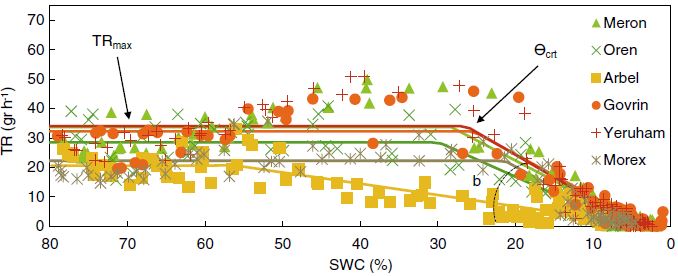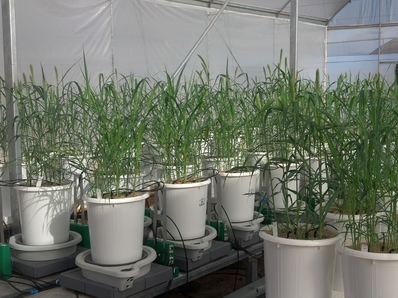 Study objective:
Study objective:
Test the hypothesis that wild barley ecotypes that have evolved in unstable precipitation environments will display a wider range of patterns of transpiration regulation compared to ecotypes from less variable environments.
Study Results:
Significant differences in transpiration, canopy stomatal conductance (Gsc) and plant weight (measured by Plantarray) were noticed between accessions.
Accessions from stable environments were found to take greater risks in their water-balance regulation than accessions from areas in which rainfall is less predictable. Notably, less risk-taking genotypes recovered more quickly than more risk-taking ones once irrigation was resumed.
Published article:
Risk-management strategies and transpiration rates of wild barley in uncertain environments
Galkin et. al., (2018) Physiologia Plantarum DOI:10.1111/ppl.12814

